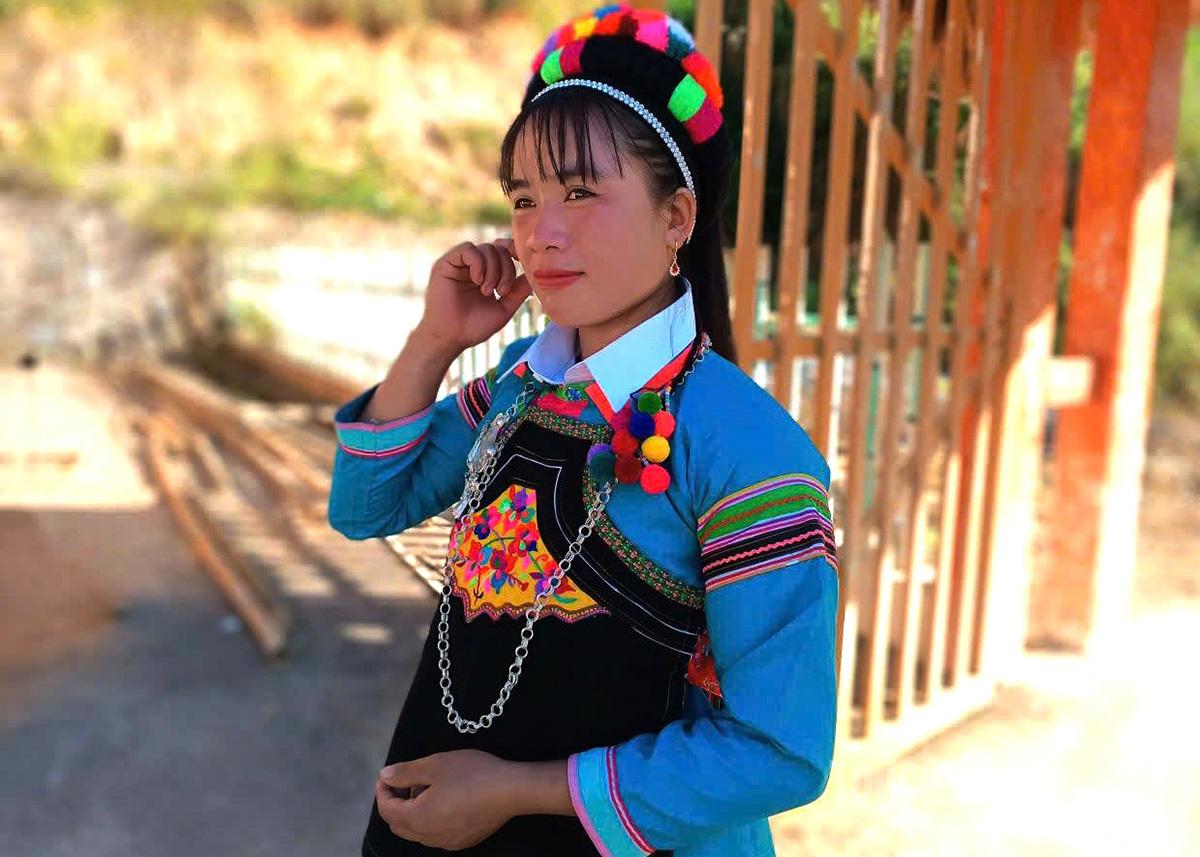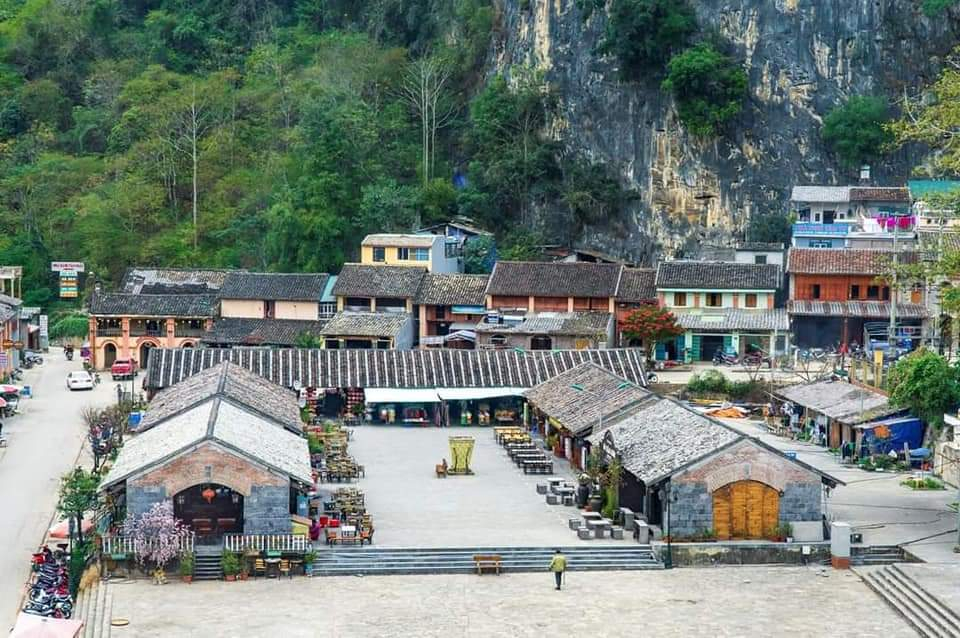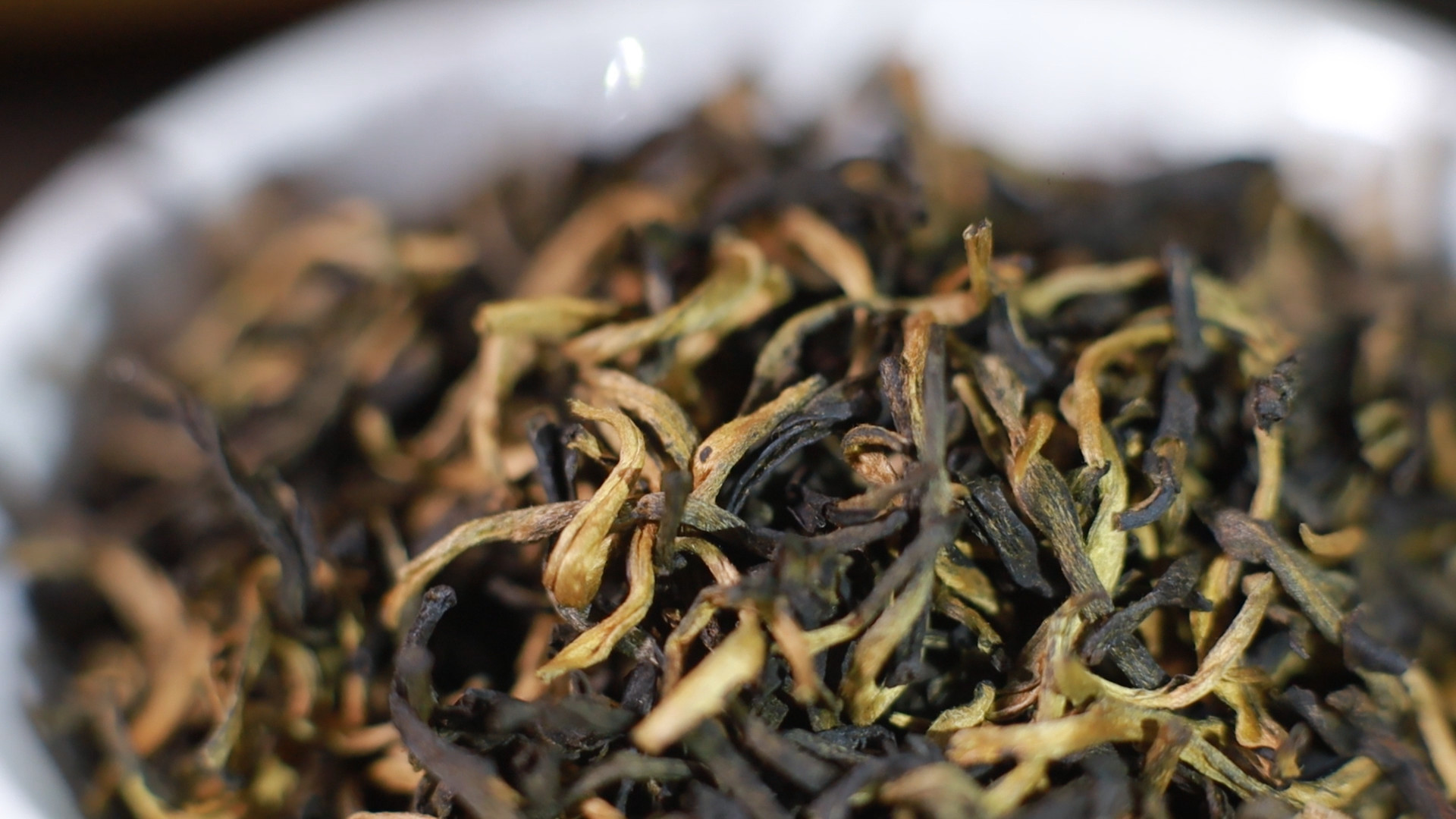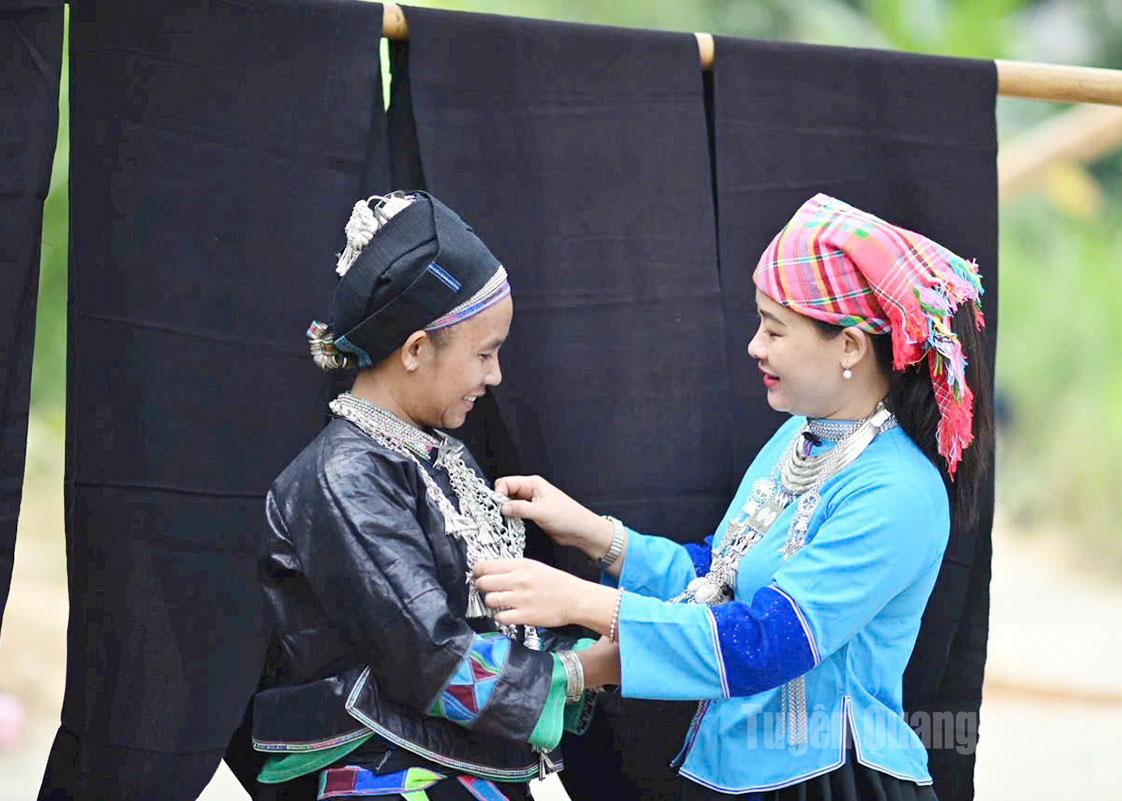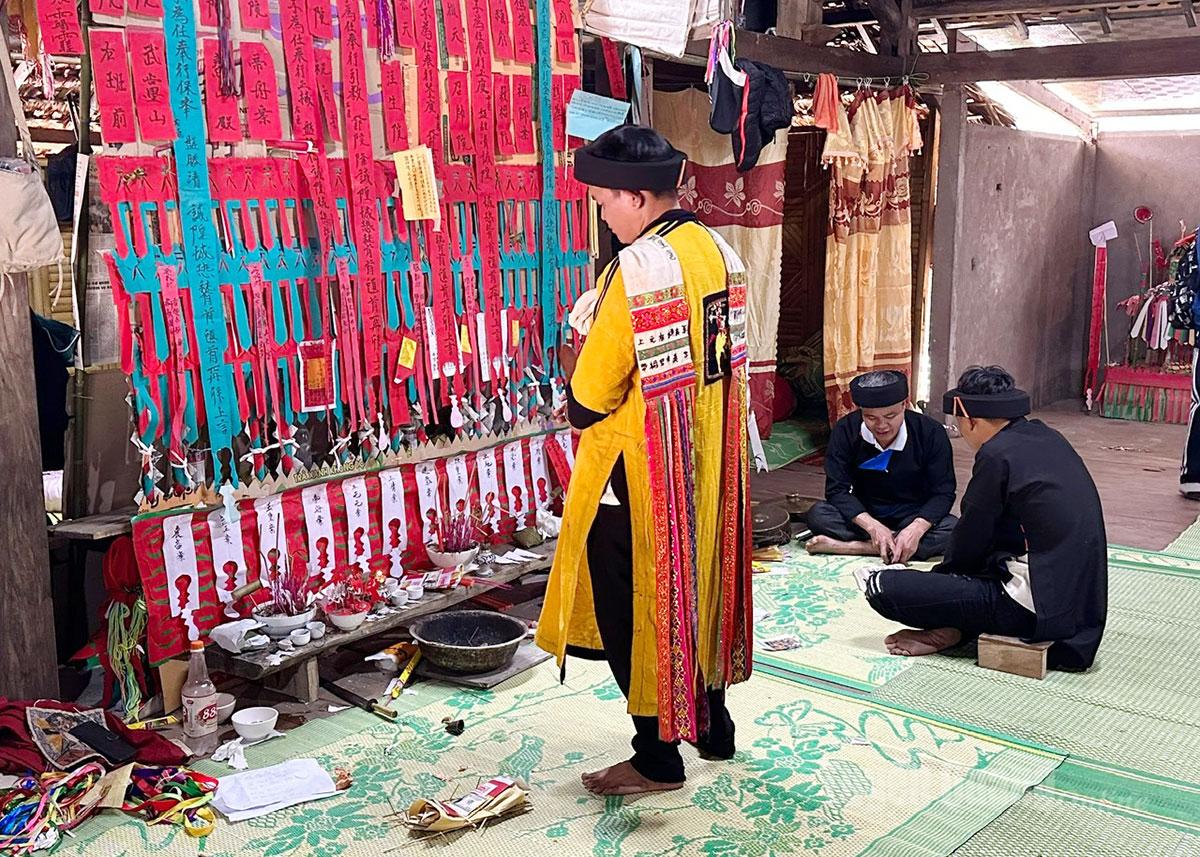
A shaman is performing the coming-of-age rite
A Rite That Connects the Living and the Spiritual
According to long-standing belief, a Dao man is only considered a full member of his community - and recognized by his ancestors - after undergoing the Cap Sac ceremony. Regardless of age, those who have not been granted the “sacred scroll” are seen as unfit to participate in major rituals or shoulder responsibilities on behalf of their clan or village. Conversely, a boy as young as nine or ten who has undergone the ceremony may assist shamans and perform ceremonial duties.
The ritual typically takes place at year’s end or early spring, after the harvest, when families have time to gather. A family with a son of age consults a shaman to choose an auspicious day and prepares offerings such as pigs, chickens, rice wine, paper money, and ceremonial garments. Relatives and neighbors are invited to witness the sacred moment.
The ceremony unfolds over one or two days and nights, comprising a series of elaborate spiritual rites: purification rituals, altar construction, ancestral offerings, dragon and sword dances, wine offerings, yin-yang consultations, and most notably, the “lamp bestowal” ceremony. During this rite, the initiate - dressed in ceremonial attire - sits before the altar as a shaman places a lit lamp atop his head, signifying his new status. He is then granted the sacred scroll containing ten commandments and ten vows - a pledge to live honorably, uphold family and community duties, and preserve Dao traditions.
Beyond its spiritual meaning, Cap Sac serves as a profound educational experience. Throughout the ceremony, shamans offer teachings and moral guidance: Respect for elders, compassion toward the vulnerable, integrity in daily life.
Mr. Ly Ta Chui, a Dao resident from Nam Dam village in Quan Ba commune, Tuyen Quang province, recalled: “I still remember the shamans’ words: Greet and help the elderly, never turn away from those in trouble, stay dutiful to your parents, and be kind to your wife and children. Those teachings have guided me throughout my life, shaping every decision I’ve made.”
Mr. Trieu Duc Thanh, a Dao elder and former Chairman of the Ha Giang Provincial People’s Committee, reflected: “I was lucky to grow up in a traditional Dao family. From a young age, I heard stories of Cap Sac told with reverence and pride. When I experienced the ceremony myself, its profound meaning truly resonated. It’s not just a religious ritual - it’s a life lesson, helping each Dao person understand who they are, where they come from, and how to live with honor.”
A Cultural Treasure Amid the Mountains
The Cap Sac ceremony is not just a spiritual milestone - it is a cultural cornerstone of Dao identity, preserved with pride across generations. Whether in Tuyen Quang, Lao Cai, or Thai Nguyen, every year-end or early spring, the sound of ritual drums, Pi-le pipe, and buffalo-horn trumpet rises from the mountains, reminding the youth of an ancient tradition that has stood the test of time.
Recognizing its cultural and artistic value, Vietnam designated the Cap Sac ceremony as a National Intangible Cultural Heritage in 2013. In some areas, the ritual has evolved into a unique tourism attraction, drawing both domestic and international visitors eager to witness its symbolism and artistry.
Ms. Nguyen Thi Thu Oanh, a visitor from Hanoi, said: “I’ve never seen a ceremony so rich in symbolism and humanity. The solemn atmosphere, sacred dances, resonant chants, and the teary-eyed gaze of a father watching his son kneel in ritual - all left a deep cultural impression on me, beyond the bounds of ordinary belief.”
Though modern life has introduced some simplifications, the ceremony’s core meaning remains unchanged: A sacred recognition of adulthood, a bridge between the living and the spiritual world, and a moral compass for every Dao son. It is through such deeply rooted customs that Dao culture endures - quietly, resiliently, and with great dignity in a rapidly changing world.
Nguyen Thanh Hieu
Vietnamese data source: Bao Tuyen Quang


